-
×
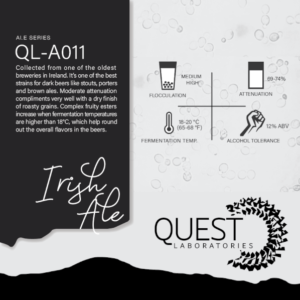 Quest Labs: QL-A011 Irish Ale Liquid Yeast 1 × ฿380.00
Quest Labs: QL-A011 Irish Ale Liquid Yeast 1 × ฿380.00
เครื่องคนสาร JoanLab MS5 Magnetic Stirrer – Yeast Stir Plate (comes with a magnetic stir bar)
฿1,190.00
In stock
SKU: stirsJoanLab
Categories: Accessories, All Products, BREWING EQUIPMENT, Fermenting, New Arrival, Yeast (Beer, Wine, Spirits)
Tags: joanlab, magnetic, plate, starter, stir, stirrer, yeast, เครื่องกวนสาร, เครื่องคนสาร
เครื่องคนสาร JoanLab MS5 Magnetic Stirrer – Yeast Stir Plate (comes with a magnetic stir bar)
Magnetic Stirrer ใช้สำหรับเตรียม Yeast Starter เพื่อเพิ่มจำนวนเซลยีสก่อนเริ่มการหมัก
สามารถใช้คนสารได้มากถึง 3 ลิตร ป้องกันน้ำระดับมาตรฐาน IP42 ทำให้ใช้งานได้อย่างมั่นใจมากขึ้น กรณีใช้ในตู้เย็น
A Magnetic Stirrer Set includes:
1. Magnetic Stir Plate 135mm wide
2. Adapter
3. Magnetic Stir Bar
JoanLab Magnetic Stirrer – MS5
1.Strong magnetic field.
2.Large mixing ability.
3.Durable brushless motor.
4.Stepless speed regulation, wide speed range.
5. Shell Protection: IP42 Standard
6. Speed: 350 – 1800 rpm
7. Brushless Motor
8. Stir Bar Size: 20 – 30mm
9. 135mm wide Stir Plate
Magnetic Stirrer can be used to stir liquid up to 3 liters.
This is a brewing tool to take your home brewery to next level and it’s fun to use.
Many homebrewers don’t pitch nearly enough yeast.
A stir plate helps you culture higher cell counts of healthy yeast for quicker fermentations, lower risk of infections and better tasting beer.
All in less time than it takes to make a conventional yeast starter.
Good brewing practice calls for a count of one-billion cells per liter per degree Plato.
For a standard 5-gallon batch, this means you should be pitching in the neighborhood of 200 billion cells into your cooled wort. Higher gravity worts and lagers require even higher cell counts.
A starter becomes necessary for a number of reasons:
- Poor storage temperature control and using yeast close to its use by dates diminishes the viable cell counts in a liquid yeast product.
- A starter will help you proof yeast by allowing you to visually determine if the yeast you purchased, maybe a month, ago still has enough viable cells for fermentation.
- Low pitching rates may result in infected finished beer, higher than normal final gravity, excess production of objectionable flavors caused by fusel alcohols, esters, diacetyl and sulfur compounds.
- A starter allows you to step up the cell counts to the appropriate level for the style you are brewing. As wort gravity increases, the need for more yeast increases also.
A typical yeast starter is made using a ratio of 1 gram of light dry malt extract (DME) to 10 mL of water to give a solution with specific gravity of 1.030.
For a 1.5-liter starter, one would use 150 grams of DME, boiled in water for 10 minutes, then cooled to 70° F.
The next step up in your yeast starter regimen is to stir the starter continuously, which grows more yeast in a shorter period of time.
Studies show that stirred starters have up to a ten-fold increase in cell counts than a non-stirred starter. Why is this so?
- Stirred starters continuously aerate the wort. Oxygenated wort is essential for yeast propagation
- Stirring knocks carbon dioxide, a by-product of yeast growth, out of suspension. Carbon dioxide in solution inhibits yeast growth.
- Stirring keeps the yeast in suspension and in constant contact with nutrients.
| Weight | 500 g |
|---|
Be the first to review “เครื่องคนสาร JoanLab MS5 Magnetic Stirrer – Yeast Stir Plate (comes with a magnetic stir bar)” Cancel reply
You must be logged in to post a review.
Related Products
Sale!
Sale!
Sale!
Sale!
Sale!
Sale!

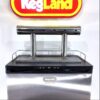
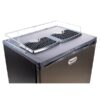
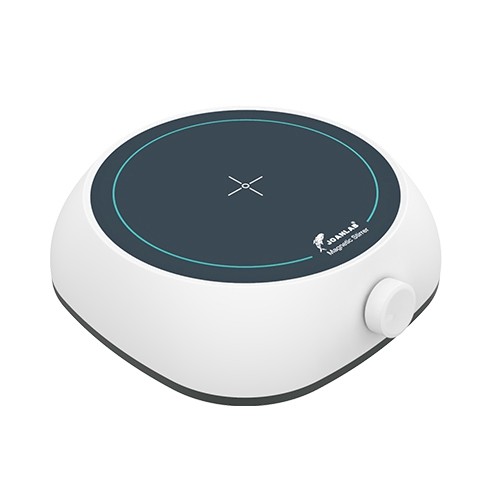
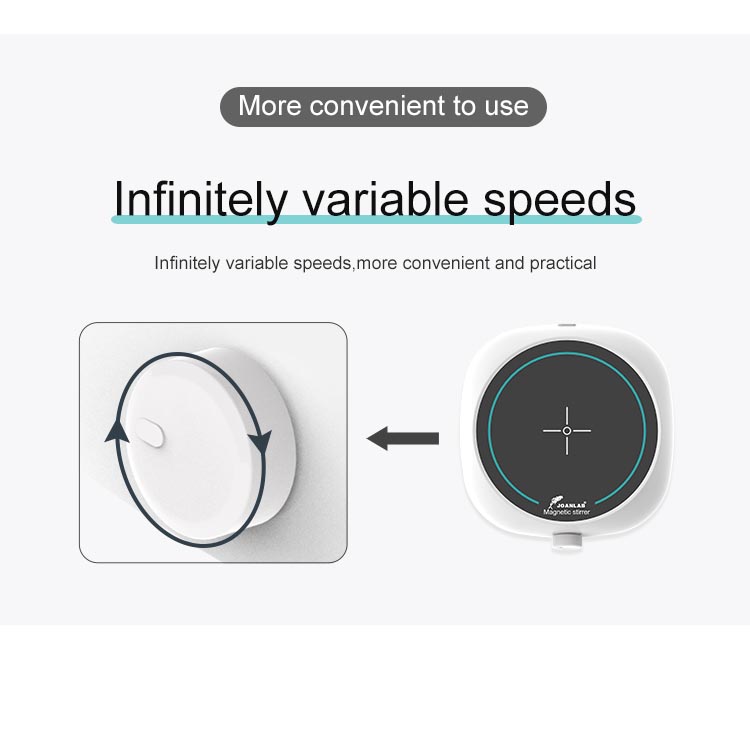




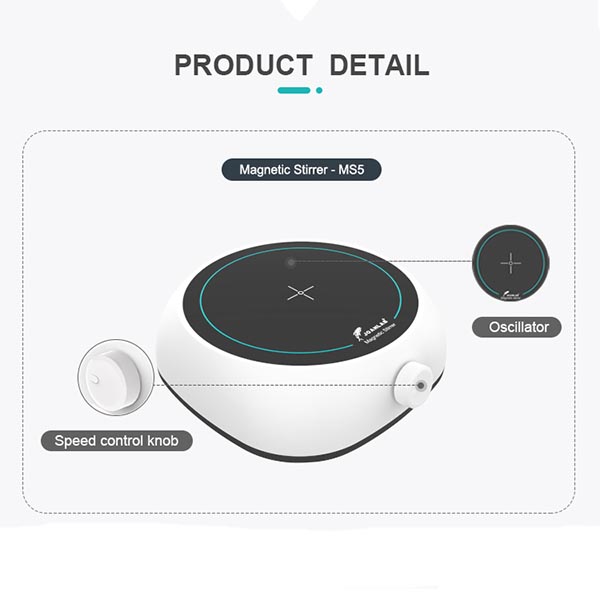
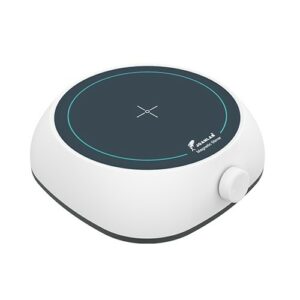
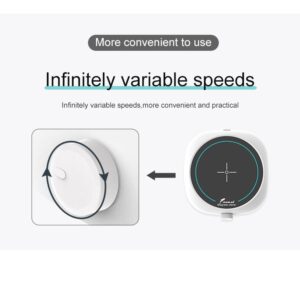




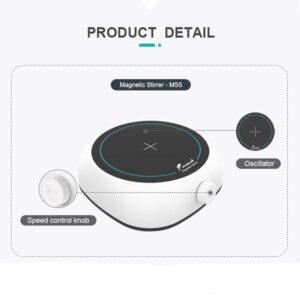









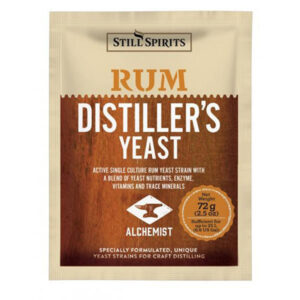

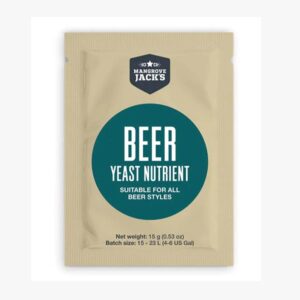
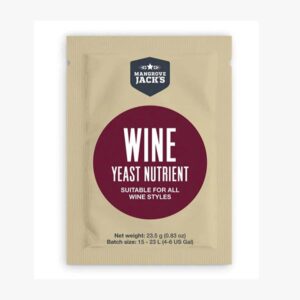
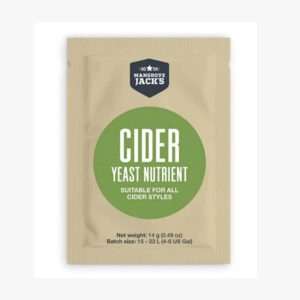
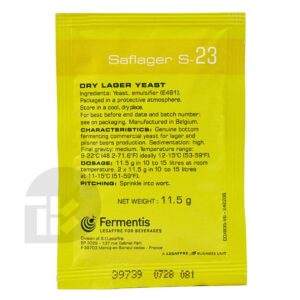
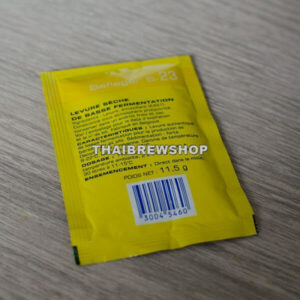


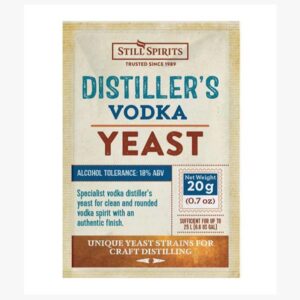
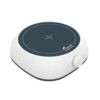
Reviews
There are no reviews yet.